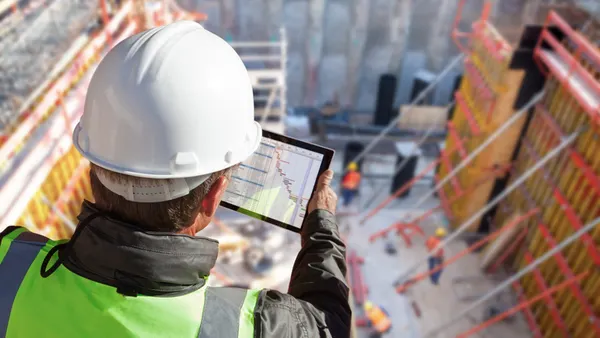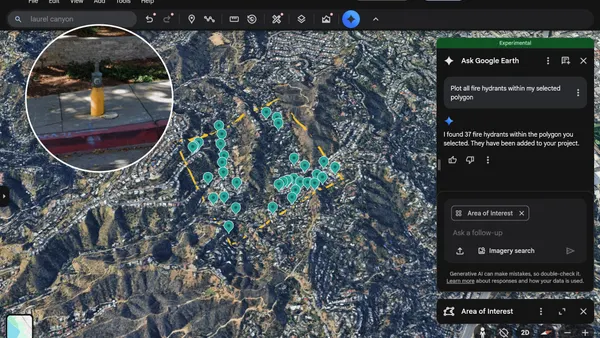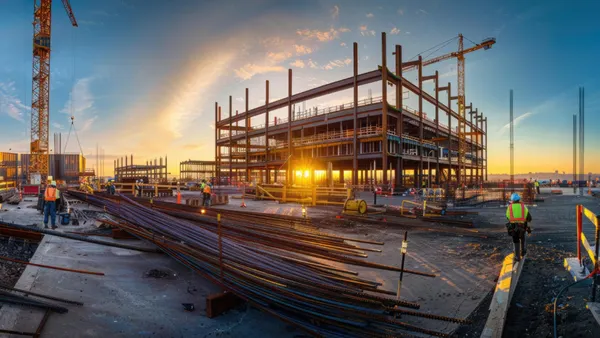Dive Brief:
- Iowa State University researchers are experimenting with heated pavement technologies at Des Moines International Airport and have successfully cleared the test slabs of ice and snow, according to Science Daily.
-
The team from Iowa State's Program for Sustainable Pavement Engineering and Research installed two slabs of a special mix of concrete that included 1% carbon fiber, which allows the concrete to conduct electricity, and connected them to a nearby power supply. During a snowfall this winter, the test slabs in the hangar were clear and dry, while the surrounding area was blanketed by at least 1 inch of snow and ice.
- The Federal Aviation Administration's Center of Excellence Partnership to Enhance General Aviation Safety, Accessibility and Sustainability provided $2.2 million for the research, with Iowa State matching that contribution. The team said it plans to conduct more testing of different variations of the technology.
Dive Insight:
The research team's ultimate goal is to improve airport safety and reduce delays due to snow and ice. The Iowa State group isn't alone in its heated concrete quest, as teams across the U.S. are experimenting with the technology.
Chris Tuan, a professor of civil engineering at the University of Nebraska, designed a type of "de-icing" concrete with a small electric current that generates enough heat to melt snow and ice from its surface. The concrete has been in use in a 150-foot bridge near Lincoln, NE, since 2002 and has reportedly been successful in melting snow and ice.
In contrast, other researchers are making advancements in a product innovation on the other side of the spectrum — heat-resistant concrete. Swiss researchers have developed a combination super absorbing polymer-polypropylene fiber additive for self-compacting concrete that can stand up to temperatures of up to 1,852 degrees Fahrenheit.
Airports are looking beyond concrete innovations as they utilize new technologies to maintain and improve facilities. With several major U.S. airports undergoing multibillion-dollar projects, builders are using technologies such as drones, laser scanning and document management to avoid delays and improve efficiencies.










